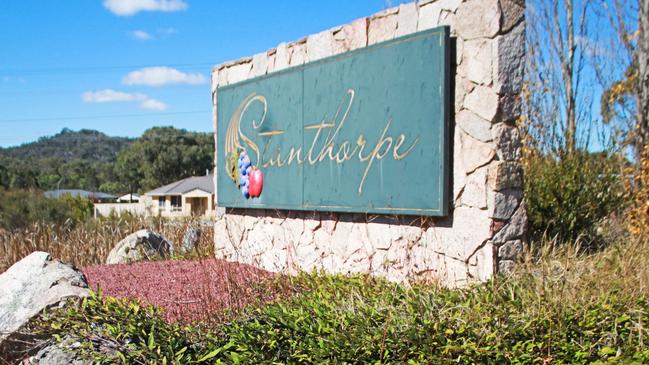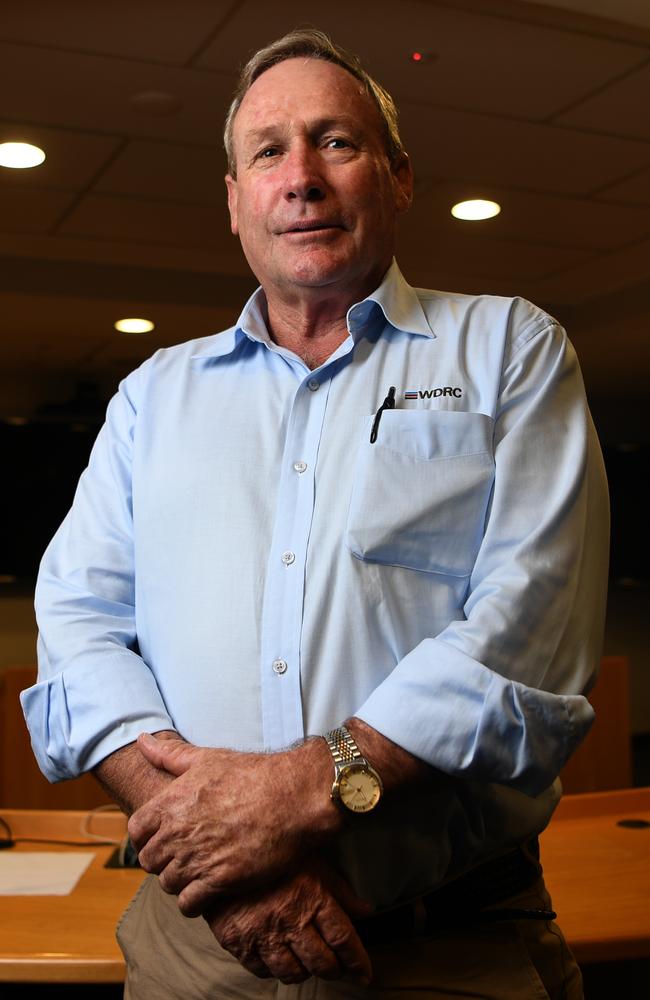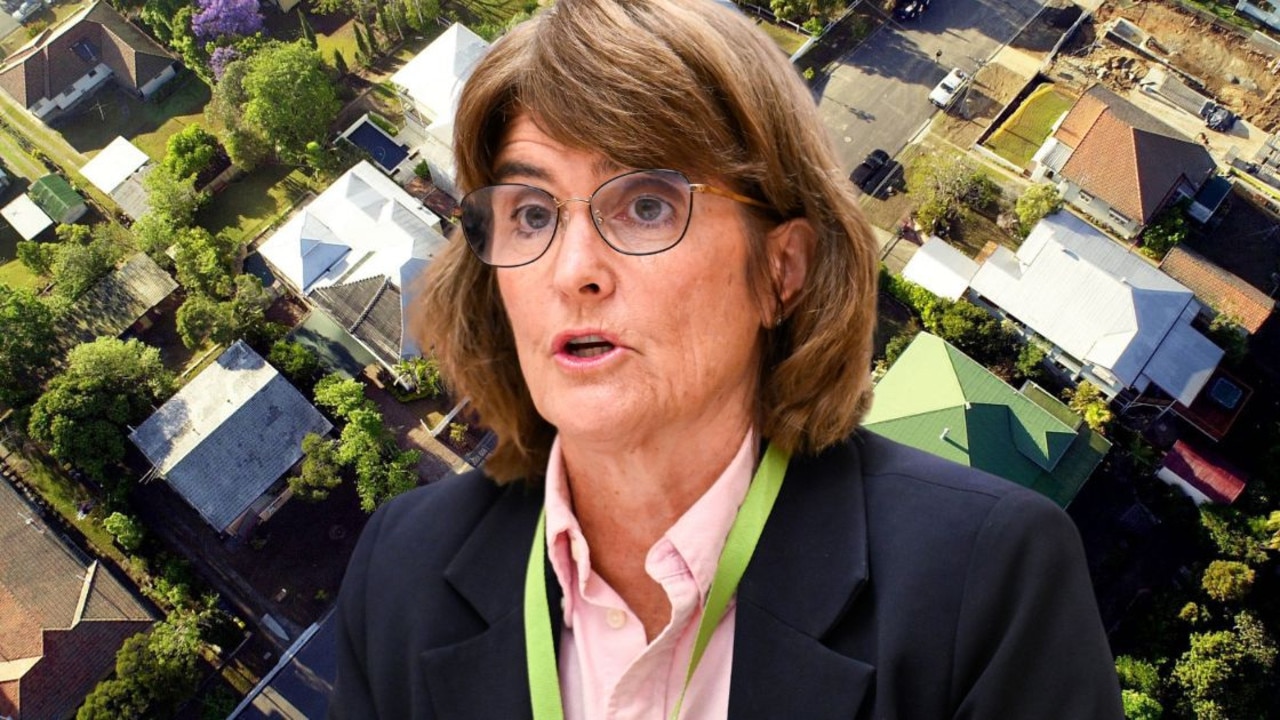Opinion: Time to market Qld’s food delights to Australia
Food and wine are the future for Queensland tourism, and these players are already making quite the impact on the international stage, writes Des Houghton.

CM Insight
Don't miss out on the headlines from CM Insight. Followed categories will be added to My News.
A BEEF war has erupted in Queensland restaurants, with chefs fighting over high-end Darling Downs steaks that have won a string of international awards.
And the Queensland wine industry bathed itself in glory this week, defeating the Europeans to win most of the trophies at the state’s first international wine challenge hosted by the Queensland Wine Industry Association.
Opinion: State’s poor economy gives Premier even more reason to dump Trad
Des Houghton: Dam failure leads to a wee problem
Des Houghton: Qld Govt’s hush money may not make controversial dismissal story go away
And now we learn the Granite Belt has a secret Perigord black truffle industry with up to 10,000 oak trees, some planted over a decade ago.
The region produces pork, organic lamb and fruit and dairy products for domestic and global markets. There are boutique cheesemakers and saffron growers.
So why on earth don’t we have a gourmet escape tourist zone like the Margaret River or the Barossa Valley? Where are the tourists?
These are questions posed by one of Queensland’s most popular civic leaders, Paul McVeigh.
He’s the mayor of the Western Downs Regional Council that has suddenly become the epicentre for prized beef.
The cattle are fattened on grains, hay and cotton seed from farms nearby.
McVeigh believes agritourism or ag-tourism has vast potential.
Interest in farms and feedlots was “intense” he said.
“While I am promoting the Western Downs there are no boundaries in tourism.”
He would like to see a nexus between Dalby, Toowoomba, Warwick and Stanthorpe.
McVeigh would like to see the tourists heading to Charlie Mort’s massive Grassdale feedlot 40km south of Dalby for a barbecue. On a good day Mort has up to 85,000 head being fattened for market.
“Imagine arriving to a nice big T-bone or a juicy rib fillet before you begin your tour,” said McVeigh.
“That’s the value add. It’s high quality steak taken to the next level. It’s not just pub steak.
“Eating one where it comes from would promote the region enormously.”
Perhaps tourists would savour Mort’s Grandchester of Phoenix brands which won gold medals at the world beef championships in London
last year. Mort is already in partnership with the RNA for the annual paddock-to-plate beef contest at the Ekka.

McVeigh wants tourism to become an economic pillar of his region. “The opportunity for tourism is huge. Right now it is a small part of
pour economy but it has the most potential to grow.”
And he would like to see historic Jimbour homestead, built in 1876 in the style a grand French villa, play a bigger role in attracting high-end tourists. Jimbour is less than 30 minutes north of Dalby but rarely opens to the public and does not offer accommodation.
McVeigh can think of nothing better than aligning a champion Darling Downs beef steak with a gold-medal winning wine from the Granite Belt.
There are 62 feedlots with more than 250,000 head of cattle and many are “scaling up”. And there are more pigs than cattle at 22 piggeries.
And those who don’t eat meat may try a freshwater fish like a Murray cod from Condabilla fish farm at Chinchilla.
McVeigh is right. Tourism offers struggling regional communities an opportunity to diversity and revitalise their local economies.
South Australia’s Barossa Valley and Western Australia’s Margaret River were country bumpkin agricultural areas before they were marketed as slick tourist destinations.
Why has the Granite Belt and the Darling Downs missed the boat, especially with international tourists?
Oddly, there is no award for agri-tourism at the annual Queensland Tourism Awards.
More than half of all feedlots in Australia are in the beef belt Toowoomba to Dalby.
“Our feedlots are producing some of the best steaks in the world,” said McVeigh.
“We need to tell people and show them where they come from.
“When you think about the Margaret River you think about wine. When you think about Western Downs one of the first things that comes to mind is the fantastic beef.
“One of our goals is to promote our region as one of the best beef producers in the world.”
“We were tasting stakes like people taste fine wines, trying to identify the unique flavours and wondering where it came from, whether it grain-fed or grass-fed beef and whether it was wagyu.”
Paradoxically, our high end beef is snapped up tourists visiting Michelin-starred restaurants across Europe and Asia.
Now a bloody beef battle has begun in upscale Queensland restaurants. At SK Steak & Oyster at the Calile Hotel in Fortitude Valley they feast on prized Stockyard steaks that are also offered at Michelin-starred Hakkasan in London, Nobu in Los Angeles and Zuma in Dubai.
Stockyard’s Kiwami wagyu won a gold medal at the recent World Steak Challenge.
Leading French restaurant Montrachet also offers Stockyard beef while Signature at the Emporium Hotel in South Brisbane offers export quality AAco beef. Moo Moo restaurants on the Gold Coast and in Brisbane also offer AAco beef as does Restaurant Lurleen’s at Sirromet.
It’s the same Queensland beef offered to leading Los Angeles Italian restaurant Chi Spacca on Melrose Ave and a host of European Michelin-star restaurants including Core in London, Candlenut in Singapore and Auberge de L’ile in Alsace in France.
It’s also on the menu at Restaurant Suhring in Bangkok.
Des Houghton is a media consultant and a former editor of The Courier-Mail and The Sunday Mail


